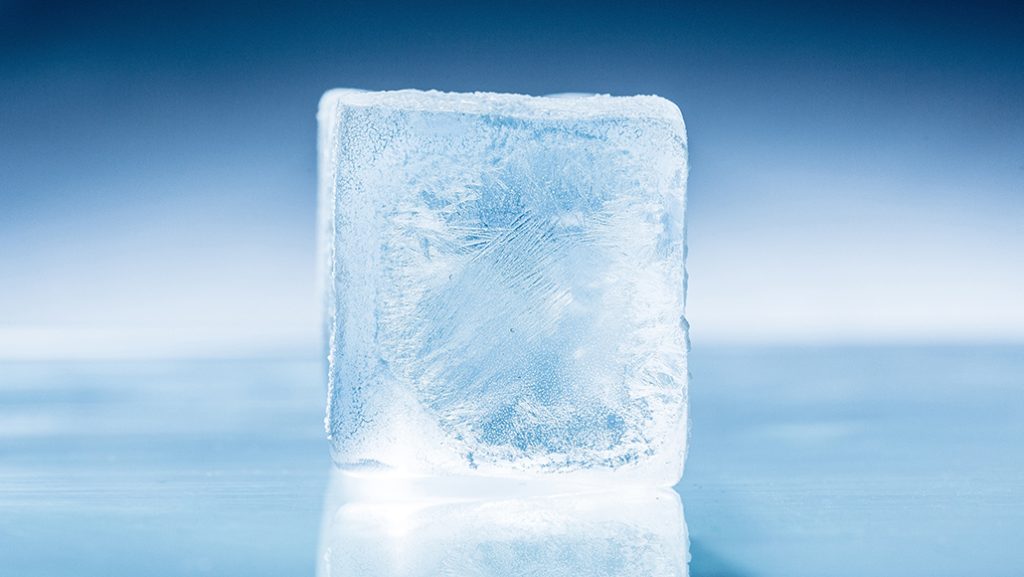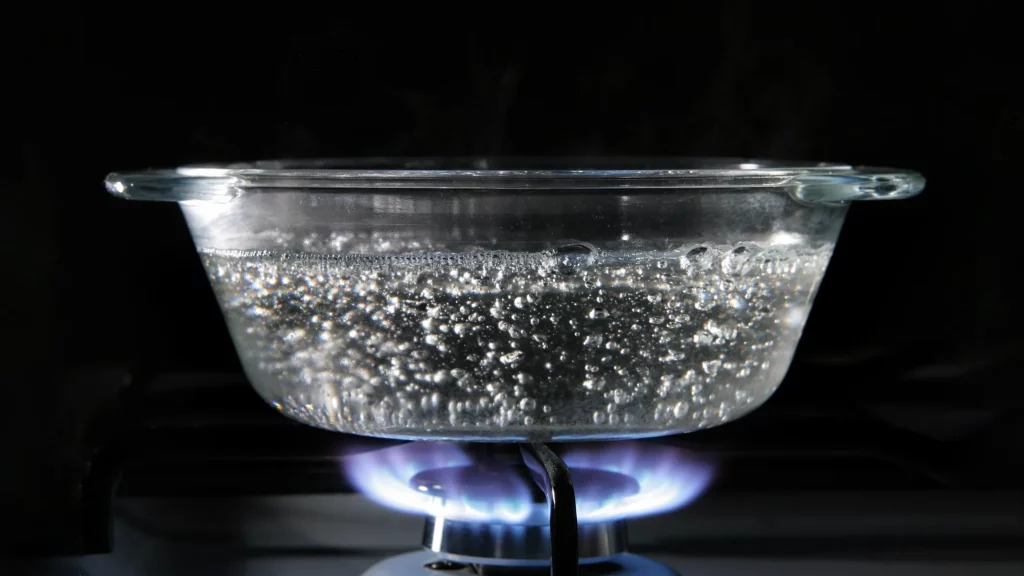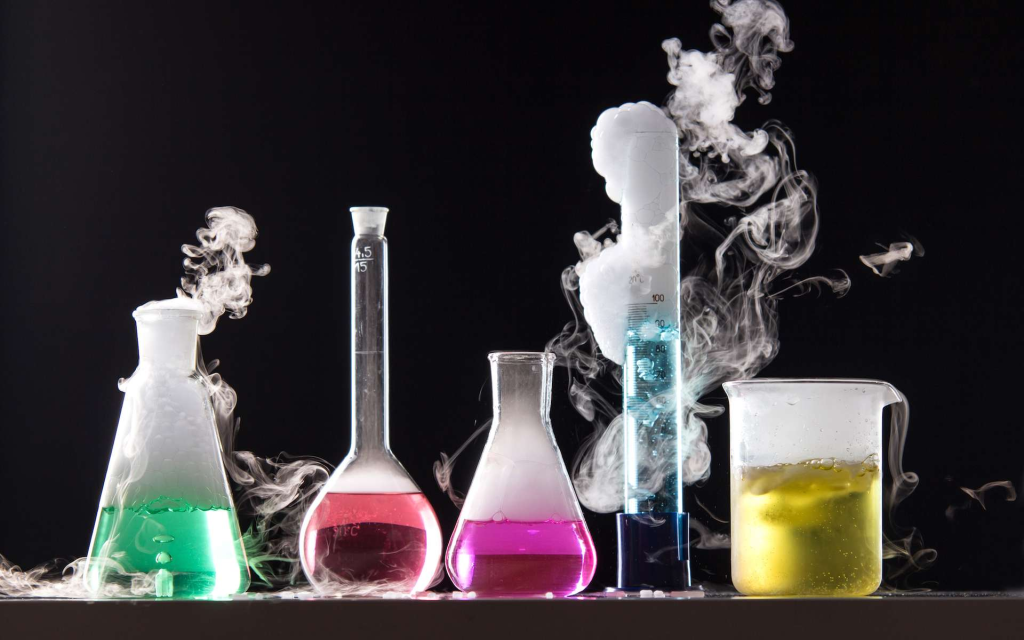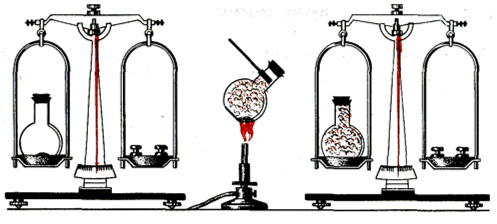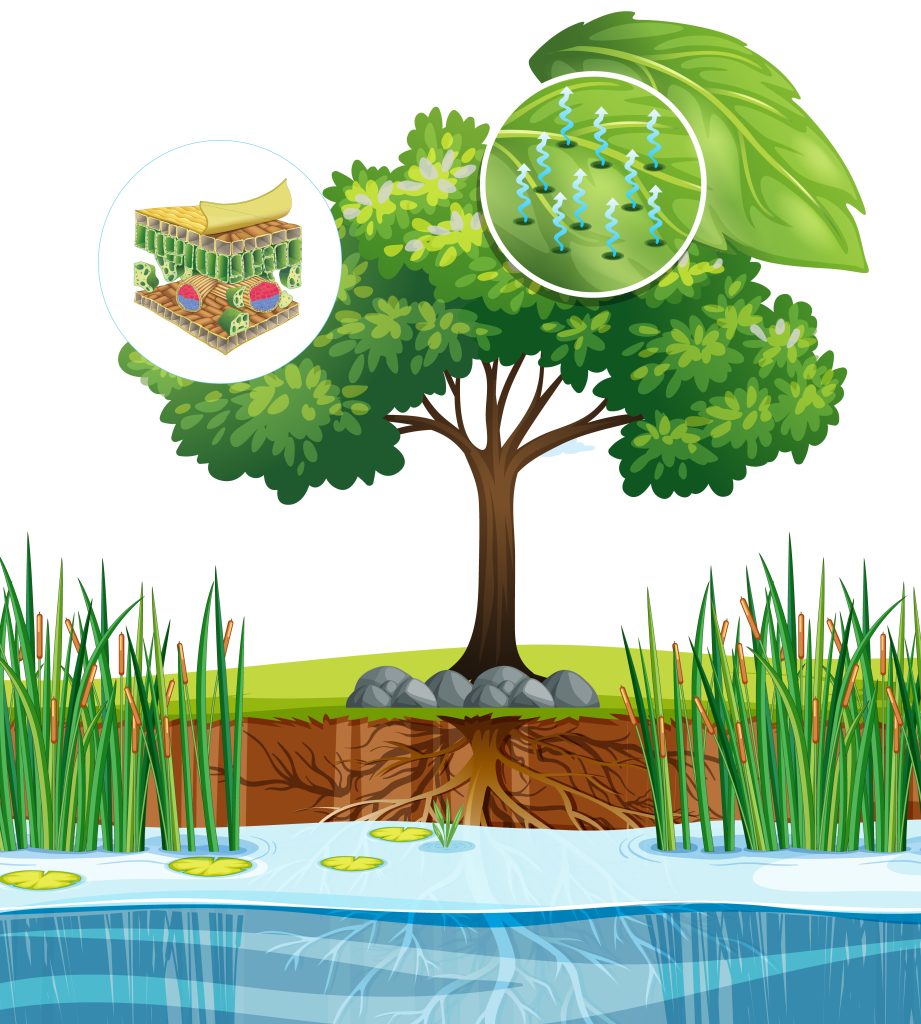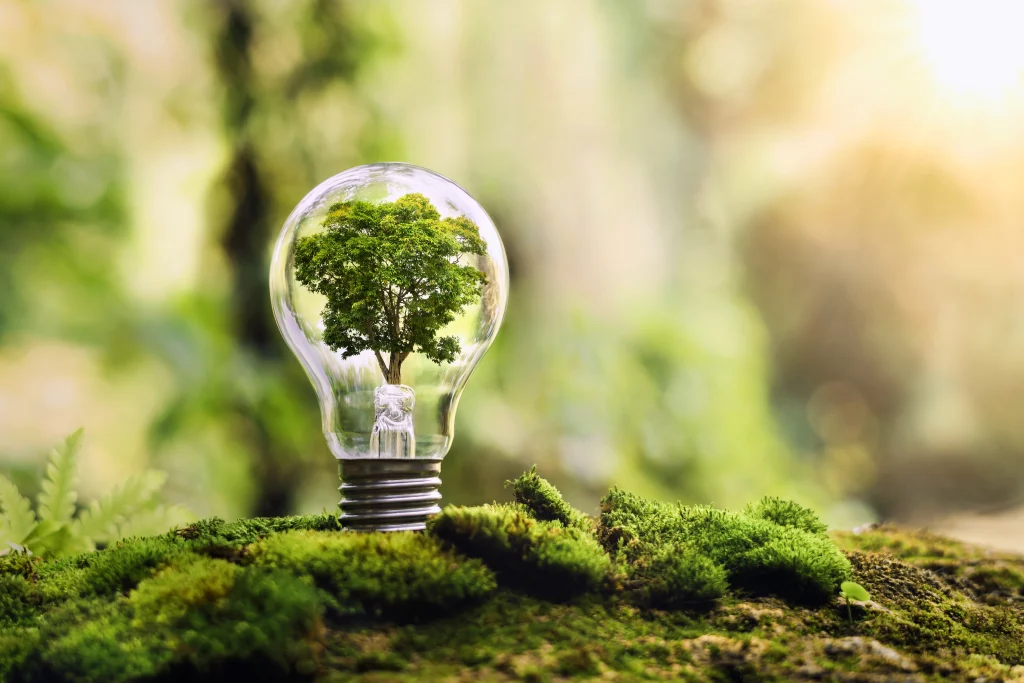Laboratory work #4: The study of process of cooling
In this laboratory work, you will learn about the cooling process and how to plot this process using the example of water Long-term plan section Subsections of the standard curriculum Learning objectives Changes in the state of substances Cooling process. Laboratory experiment No. 4 “Study of the cooling process” 7.1.1.5 study the cooling process, construct a cooling curve and analyze it, explain your observations according to the kinetic theory of particles
Laboratory work #4: The study of process of cooling Read More »

